Huawei's Mate 40 Pro is yet another lovely device from the Shenzhen company. It has an inspired design, a beautiful 90Hz display, and one of the best cameras around. One thing it doesn't have is a surprise.
Last year's Mate 30 series was the one that ditched Google Play Services, so we've covered that. The P40 series was the one that got the big camera improvements, as the P-series does every year, so we've covered that too. Now, it's mostly about a new chipset and a refined design.
The sad part is that I couldn't run benchmarks on the new chipset. No really, I wasn't able to install any benchmarking app from any source. I couldn't even get AnTuTu from Huawei's own AppGallery. Everything said there was a parsing error.
Specs
| CPU | Huawei Kirin 9000, single 3.13GHz Cortex-A77, triple 2.54GHz Cortex-A77, quad 2.05GHz Cortex-A55 |
|---|---|
| GPU | 24-core Mali-G78 |
| NPU | Dual Big Core + Tiny Core NPUs |
| Body | 162.9x75.5x9.1mm, 212g |
| Display | 6.76 inches, 2772x1344, 90Hz, OLED, 456ppi |
| Memory | 8GB RAM + 256GB ROM |
| Camera | 50MP f/1.9 + 20MP f/1.8 Cine (ultra-wide) + 12MP f/3.4 5x Telephoto, Front - 13MP f/2.4 |
| Video | 4K - 60fps, Front - 4K - 60fps |
| Battery | 4400mAh, 66W SuperCharge, 50W Wireless SuperCharge |
| Water resistance | IP68 |
| 5G bands | n1/n3/n5/n7/n8/n28/n38/n40/n41/n77/n78/n79/n80/n84 |
| OS | EMUI 11 (based on Android 10) |
| Colors | Mystic Silver, White, Black, Olive Green, Sunflower Yellow |
| Price | Starts at €1,199 |
Day one
Design
For a few years now, Huawei has been innovating in design. In my opinion, it's been making some of the prettiest phones on the market. It started with the P20 Pro in 2018, which has a unique gradient color called Twilight. Since then, the company has been experimenting with all kinds of unique designs, from gradient colors to different finishes, to even different materials.

The Mate 40 Pro comes in glass, or you can get it in vegan leather. The glass one comes in Mystic Silver, White, and Black, while Vegan Leather comes in Olive Green and Sunflower Yellow. Huawei sent me the Black one, although as I said in my P40 Pro review, the Black still looks really cool. It seems to almost have a mirrored surface that I'd compare to hematite.

Last year's Mate 30 Pro introduced the circular camera housing, which was beautiful with its metallic border. This year, it's evolving a bit. This year, the border is the camera housing, with the interior showing off the Leica branding. Personally, I always think a circular camera is a nice touch because so few companies do it. It's a welcome departure from the rectangular camera with rounded corners that we've seen from everyone else, including Huawei with the P40 series.

On the bottom is the USB Type-C port for charging, just like with seemingly every one. There's also a nano-SIM card slot. It also supports expansion with Huawei's NM cards, which are the size and shape of a nano-SIM.

Sadly, this year heralds the return of the volume rocker, which you'll find on the right side of the device along with the power button. You might recall that the Mate 30 Pro actually didn't have a power button; instead, the user would double-tap on the side of the screen to activate a volume slider. The natural downside to this was that it didn't work when the screen was asleep.
The Huawei Mate 40 Pro is a lovely device that will get noticed, and if that's what you're going for, then look no further. In fact, the round camera housing is always a nice touch, because it's a way to make the device look stylish when it even has a case on it.
Display
The Huawei Mate 40 Pro has a 6.76-inch 2772x1344 display, which Huawei is calling FHD+ for some reason. It's actually closer to QHD+, but since it's not quite there, I suppose it still qualifies as FHD. The screen is another one of Huawei's beautiful OLED displays, and it has a 90Hz refresh rate.

The curves on the screen are only on the left and right sides, and they're not as pronounced as they were on the Mate 30 Pro. The Mate 30 Pro has full-on waterfall edges, although the Mate 40 Pro still has the effect of appearing to have no bezel, with the screen just fading away at the sides. Note that the P40 Pro had curves on all sides of the screen; this device is flat on the top and bottom.

The screen has a hole-punch cut-out for the 13MP front facing camera, and it also has a 3D Depth Sensing Camera. Yes, you can keep that in mind the next time that you hear that Apple's massive notch is necessary.
The 90Hz refresh rate makes for a smooth experience, which is always nice. I'd just like to have seen a 120Hz refresh rate like OnePlus and Samsung are offering. Huawei would point out that the higher refresh rate would chew up additional battery life, and you won't notice as much of a difference between 90Hz and 120Hz as you would between 60Hz and 90Hz.
Camera
The main sensor on the Mate 40 Pro is a 50MP RYYB sensor, just like you'll find on the P40 Pro. If you're unfamiliar with RYYB, it's something that Huawei started using with the P30 series. It removed green subpixels and replaced them with yellow, finding that that allowed in 40% more light. In fact, it's safe to say that these phones can see better than your actual eyes can at night.
Along with that, there's a 20MP ultra-wide sensor and a 12MP 5x zoom lens. That makes for some serious lossless zoom, something that Huawei has definitely been focusing on over the last few years.
It has the modes that we're used to, such as portrait and aperture, the latter of which is like a portrait mode for objects. There's also night mode, which I don't even use anymore because the main sensor is just so good. Huawei was actually the first to do night mode, before Google ever shipped Night Sight in Pixels.
The last phone that I reviewed was the iPhone 12 Pro Max, and while these both have amazing cameras, they're both very different. Apple doesn't really focus on lossless zoom in any meaningful way. It offers a 2.5x zoom lens, but that's it. Huawei has a 5x zoom lens, plus a high-resolution main sensor.
The way that digital zoom works is that it just sort of crops the image. If you have a 40MP image and zoom it 2x, you now have a 20MP image. High-resolution images work for that because even a 4K display is just 8.3MP, and a FHD display is just 2.1MP.
A telephoto lens on a smartphone works by just making a lens that's still high-resolution, but can see less. This can run into trouble at night with smaller apertures and smaller pixels. But combine a good telephoto lens with the high-resolution main sensor that's needed for lossless digital zoom, and you can do some solid hybrid zoom.
I took those pictures in a variety of lighting conditions, and they all came out pretty good. It goes from pitch black near the woods to indoors at night with dim lighting to daylight. It's impressive.
Performance, battery life, and Huawei services
Huawei's Mate 40 Pro includes the first 5nm 5G chipset. Apple's A14 Bionic is actually the first 5nm chipset, but unlike its competitors, Apple doesn't have a cellular modem to integrate into it. Sadly, as I pointed out in the beginning of this review, I wasn't able to run any benchmarks on it.
I tried installing the suite of AnTuTu apps from the Huawei AppGallery, but they say that those apps don't support Android 10. This is, of course, untrue, as I've ran AnTuTu on plenty of Android 10 devices. I used Petal Search to try and get Geekbench and GFXBench, but no luck there either. They didn't even come over through Phone Clone when I set up my apps.
Performance with the Kirin 9000 is fine, as it is with all flagship chipsets. It's just frustrating that benchmarks are blocked.

Obviously, there are still no Google services on Huawei devices, at least for now. That means that for most of the apps that you want to use, you need to find workarounds, which Huawei is pretty dedicated to helping you find. First of all, Phone Clone brings everything over from your old phone except for Google apps. That makes things nice and easy.
If you need more apps, you can check AppGallery, but Huawei also has something called Petal Search. Petal Search checks trusted APK sites (it is definitely not perfect) and finds the app you're looking for. It even downloads and installs it for you. Unfortunately, it will not keep it updated for you.
Living life without Google isn't very hard, at least in my experience. Obviously, I'm more of a Microsoft guy anyway, and Microsoft's apps are pretty standalone. For notes, I use OneNote, for cloud storage I use OneDrive, and so on. If you're glued to using Google, then you should already know that this isn't the phone for you.
Battery life on the Mate 40 Pro is excellent, and I had no trouble getting through the day. The 4,400mAh battery gets the job done, but even if it doesn't, Huawei fast charging is just out of control. This thing supports 66W wired charging and 50W wireless charging. Even with the old 40W wired charging and 27W wireless charging, I was happy. At this point, you can get a lot of juice on just a little time charging.
Conclusion
Once again, Huawei has produced a winner in the Mate 40 Pro. However, it's a rare time that it doesn't have a key feature that would have me tell you to upgrade from its predecessor. The 90Hz display is new compared to the Mate 30 Pro, but the Mate 30 Pro had those beautiful waterfall edges. And besides, I'd like to see a 120Hz refresh rate in something this premium.

It's also a real shame that benchmarking apps were blocked. One of the key features of the Mate 40 Pro, or any Mate series device for that matter, is that it has the latest Kirin processor and we get to see how it measures up against what Apple and Qualcomm have to offer. Sadly, we don't get to see how it measures up this time. Obviously, Google services would offer an easier experience, although that's not a deal-breaker for me.
But overall, like I said, it's a winner. Benchmarking apps aren't what make a phone great. This thing has a beautiful 90Hz OLED display, even if I want 120Hz. It's also got a unique and bold design, something that Huawei is second to none at providing. And finally, it's got one of the best cameras on the market.
If you want to check it out, you can find it here.
As an Amazon Associate, Neowin may earn commission from qualifying purchases.













































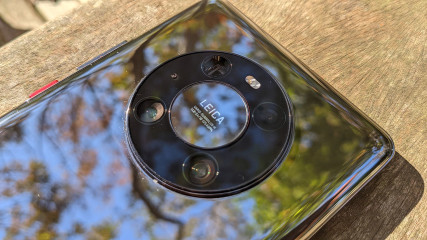

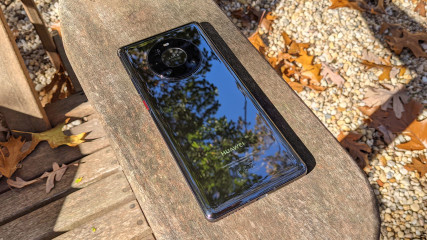
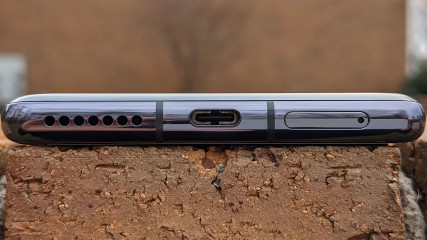

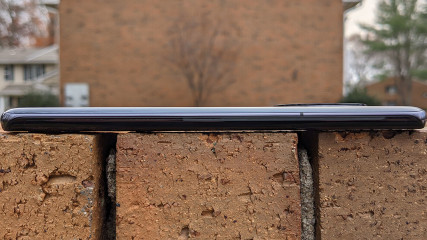


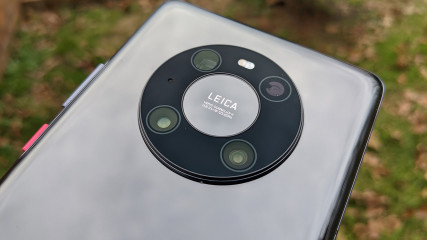

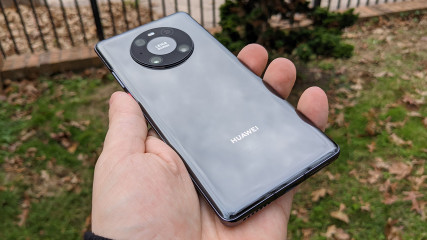
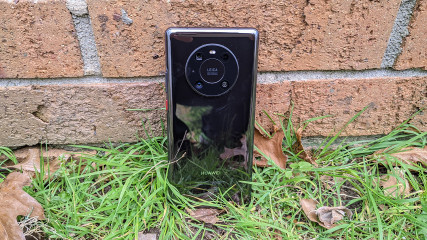
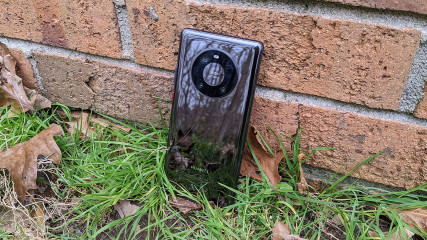
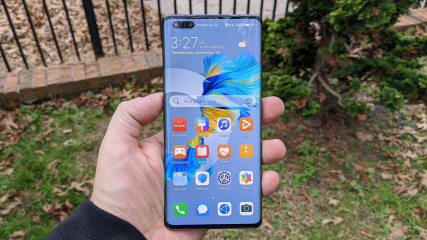
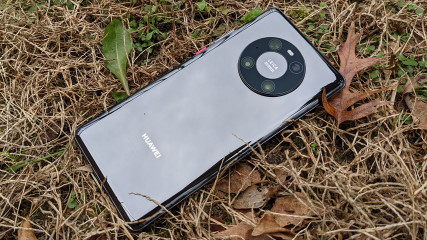

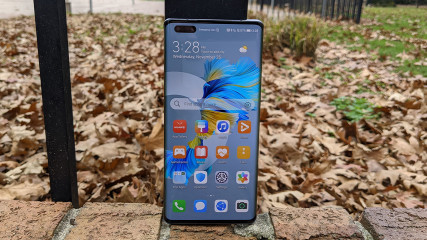
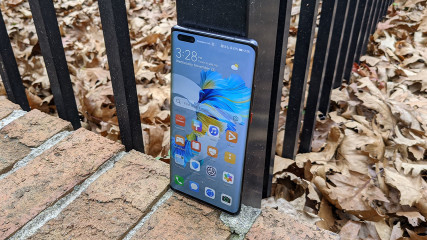
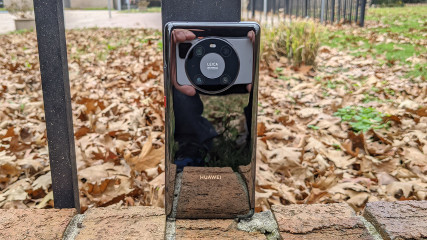
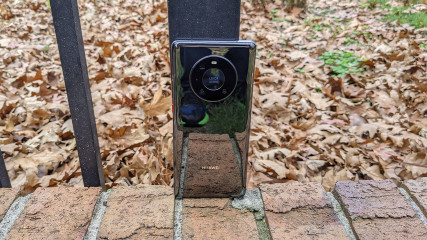
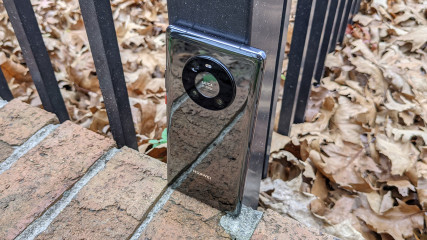








10 Comments - Add comment